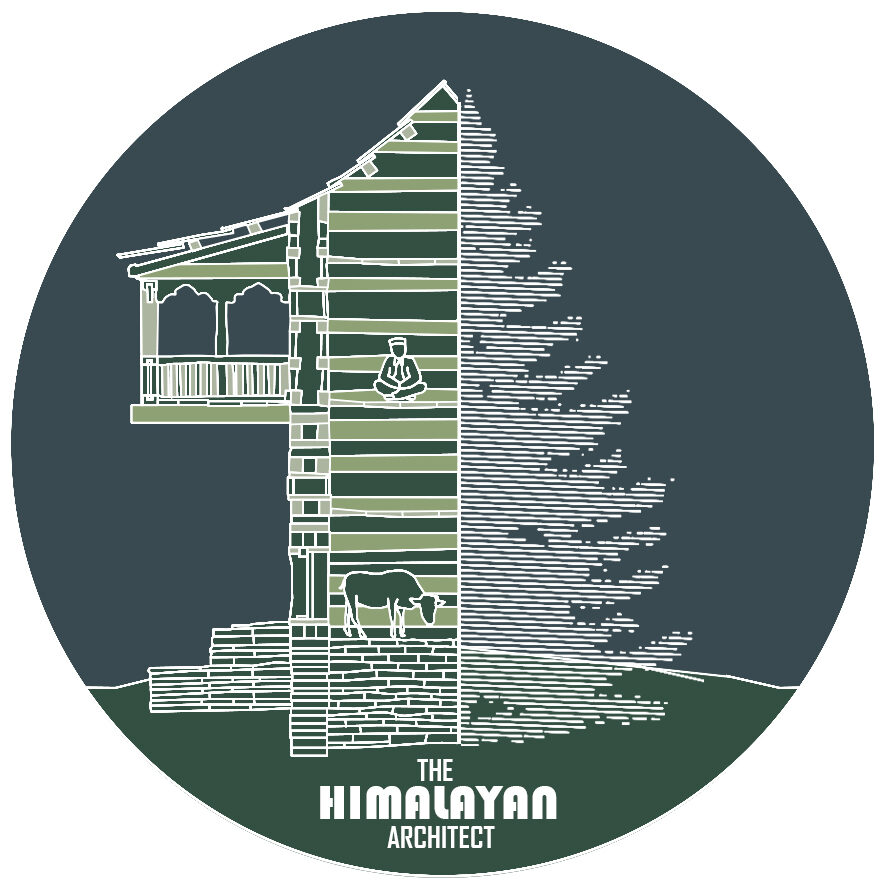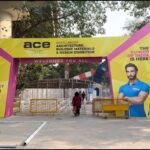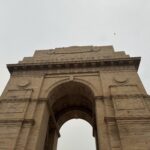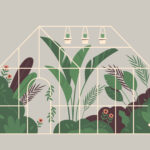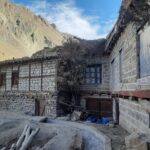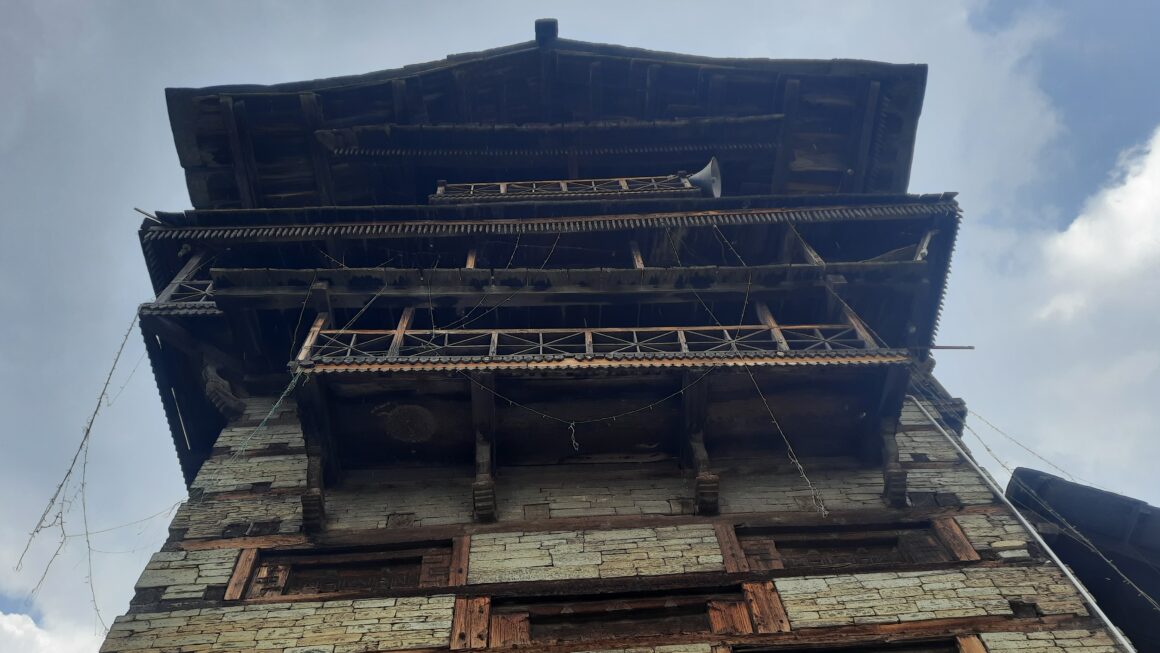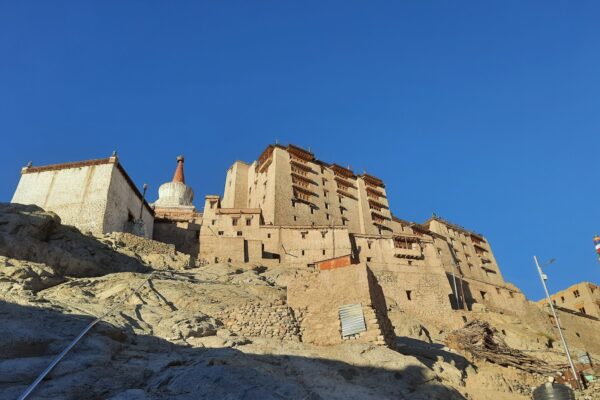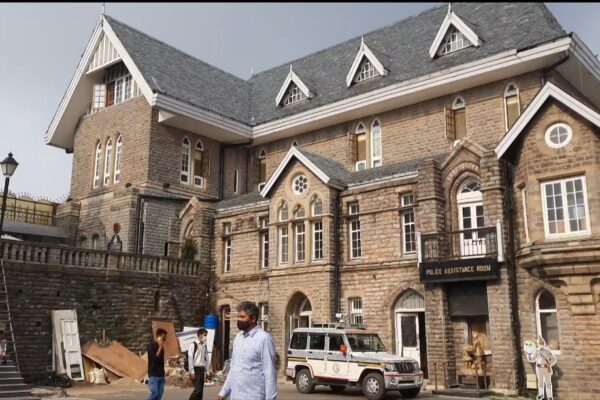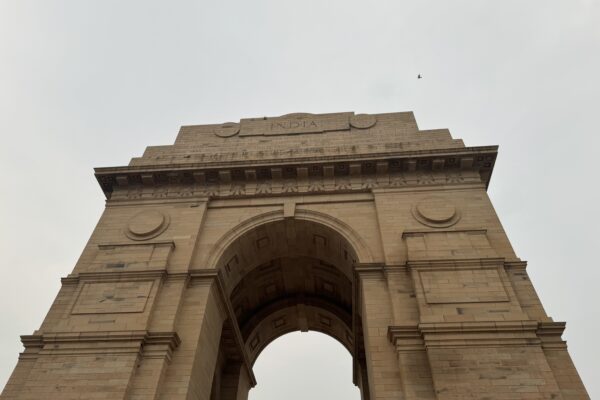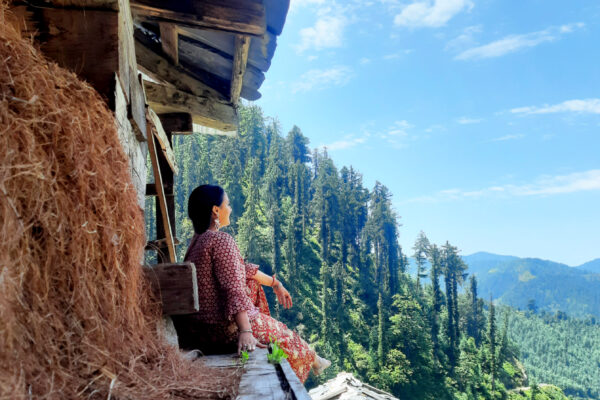Introduction:
Pangna is a village located in Karsog tehsil of Mandi district of Himachal Pradesh, India. It is a beautiful valley which is full of greenery and apple trees all around. This a small place and not much people are aware of the picturesque valley with forested mountain sides sloping down from the ridge lines. This valley housed the historic tower type structure for centuries now which is also known as Pangna fort. If you want to know more about PANGNA FORT- The Hidden Gem of Suket, so read the blog till the end.
The fort stands tall and seems like it has been overlooking the entire valley for years. This place is not only famous for the fort but also, the Mahamaya temple exists in the same complex. Mahamaya temple is quite famous among the Mandi (district) area and people come from far places just to take blessings of the Goddess.

Approach:
Pangna fort is easily approachable through the road.
- The availability of transport:
Airport facility- Not available - Bus facility- Buses are easily available
- Taxi facility: Taxi facility is also easily available and cab can be booked easily
The distance by road is given below:
From Delhi – approx. 410 kms (via NH-05 approx time- 10 hrs)
From Chandigarh – approx. 174 kms (via SH-13, approx time- 6 hrs)
From Mandi – approx. 80 kms (via SH-13, approx time- 2 hrs 40 minutes)
Historical Background: Pangna Fort- The Hidden Gem of Suket
Pangna also acted as the capital for Suket dynasty for several years. The Suket dynasty belonged to the Sen Kings and predecessor state was founded about 765 AD by Raja Vira Sen, a son of a Sena Raja of Bengal. After coming to the hills the first palace was made at place called Kunu Dhar near Karsog town in 778 AD. Later they shifted to Pangna where they built Pangna fort and till 1240, the Sen’s ruled the area.
The Saddening Story of Suket princess:
Other historical story which is related to the old temple of Goddess Mahamaya is quite saddening. The Princess, daughter of the king Bikram Sen committed suicide as a result the king left the palace and it got abandoned after that incident. The event is said to be happened around 800 years ago. Once the princess was playing with her friends who were dressed up like boys. One of the king’s minister complained that the princess found playing with the boys, which was not acceptable in those times. This incident annoyed the king that he summoned his own daughter of imprisonment. She even tried to convince him that allegations were wrong but he did not listened to her. Princess felt so shameful and embarrassed that she consumed powdered poison using Sil-Batta (Grinding stone) which still lies in the fort complex.
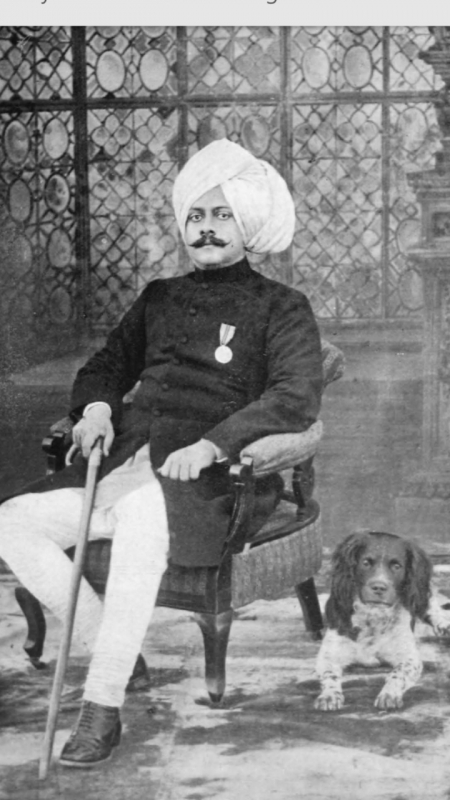
Raja Bhim Sen, Source: Rajputs
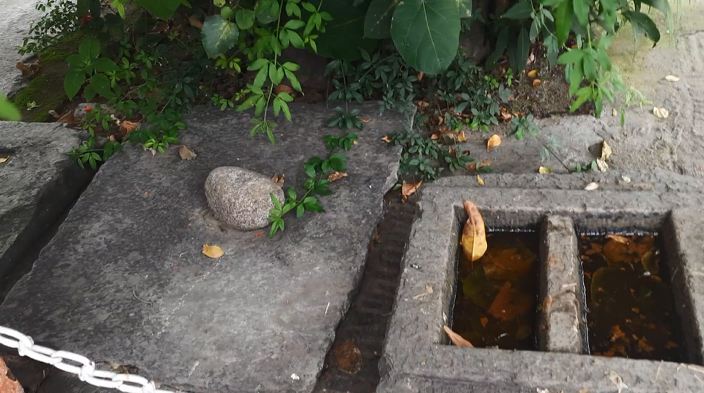
Grinding stone used by princess to poison herself
Her last wish was to get buried in the courtyard and she asked king to take out her body exactly after six months. To prove her purity, she added that the body will appear alright without sign of decomposition. After six months the body was taken out in intact position with no sign of decomposition. This incident left the king with heavy heart and regret. The minister who told the king about her daughter playing with boys got punished. Her body was reburied in the same place and there is a small temple dedicated to her which is known as Hatya Mata temple. Also MAHAMAYA (Goddess) temple is made by the king in the memory of her daughter.
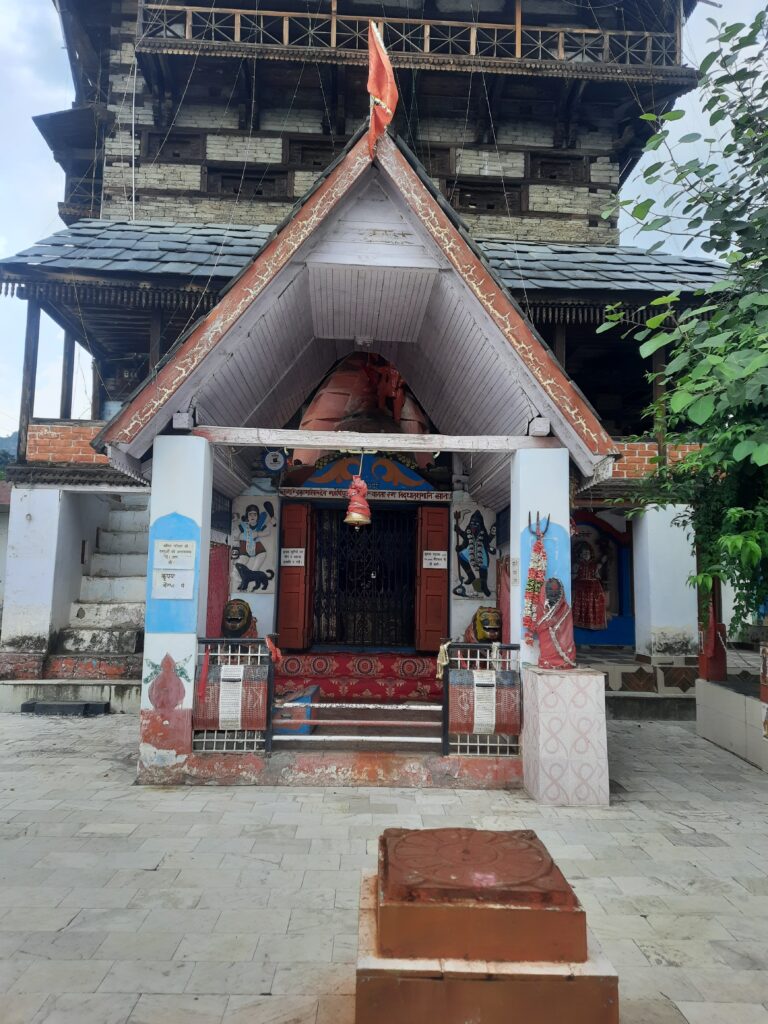
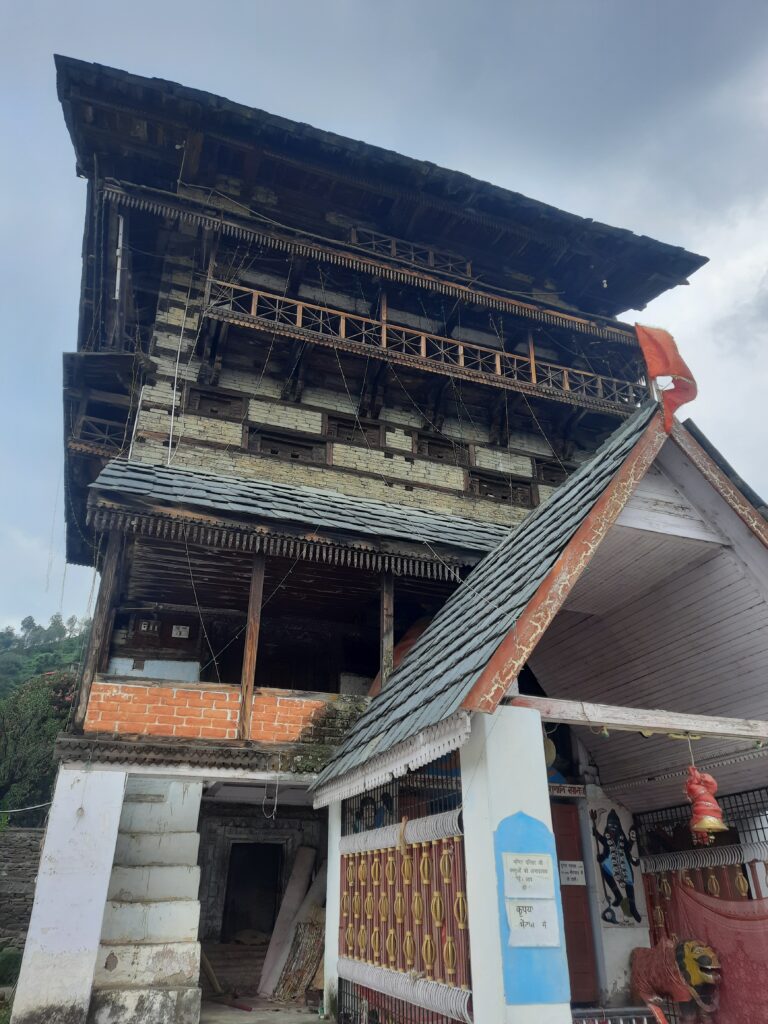
Mahamaya Temple in front of Pangna Fort
Architecture and Planning of PANGNA FORT- The Hidden Gem of Suket
The fort was built around 1211 AD by the king of Suket dynasty Raja Vir Sen. Pangna fort is a tower like structure is built in typical hill style architecture.
Site planning of the fort complex:
The site area of the fort is small which consist the fort building, temple, hall, havan (a ritual burning of offerings such as grains and ghee) area and a small building for caretaker.
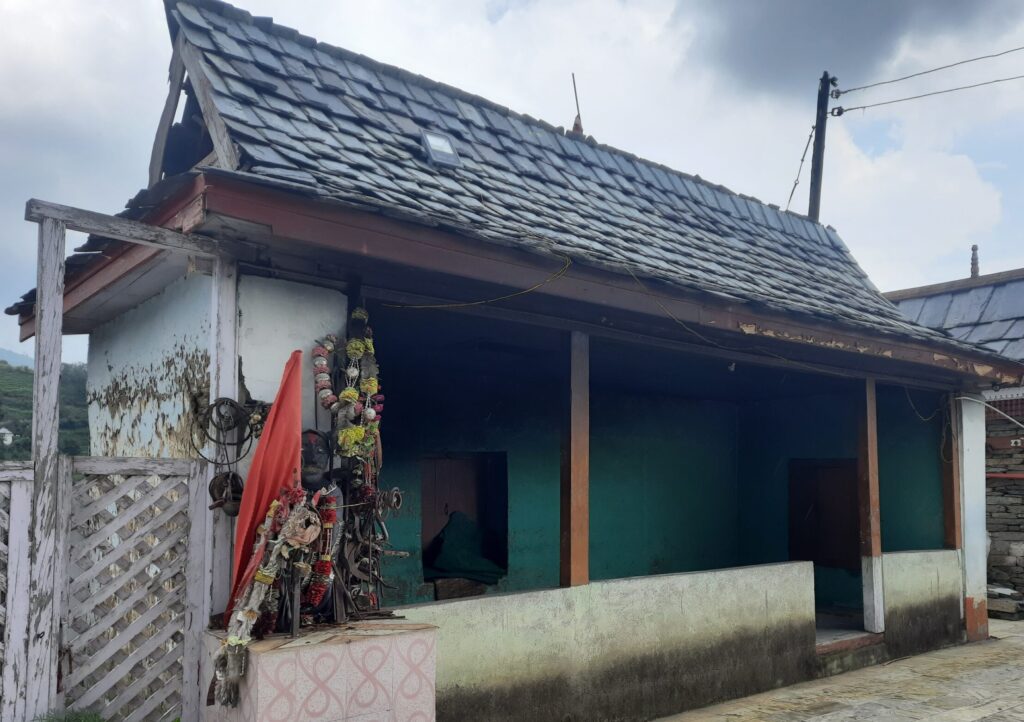
Havan Area in the temple complex
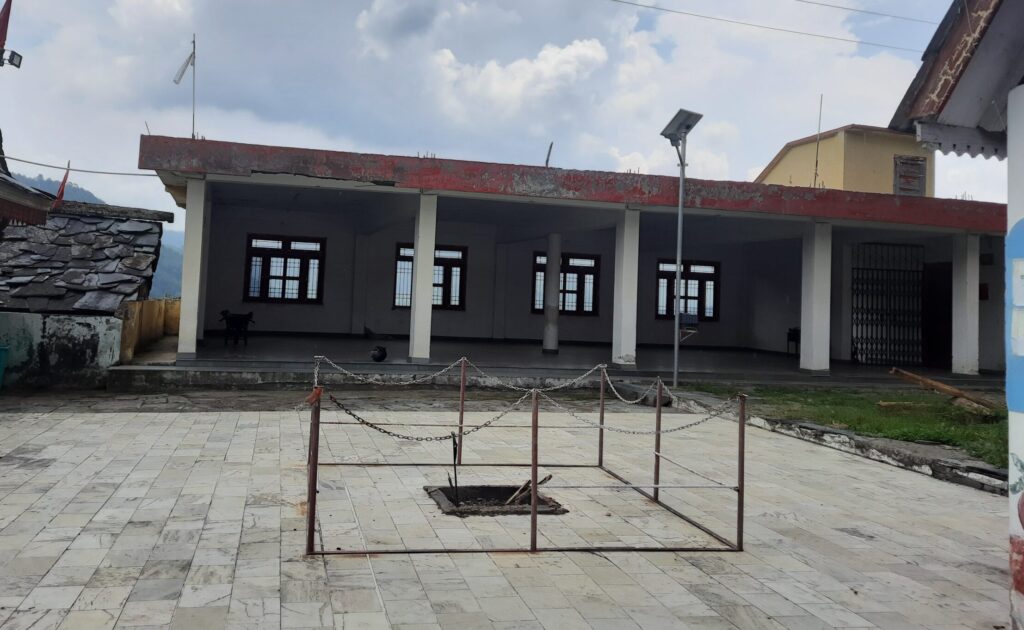
Hall for gathering purpose in temple complex
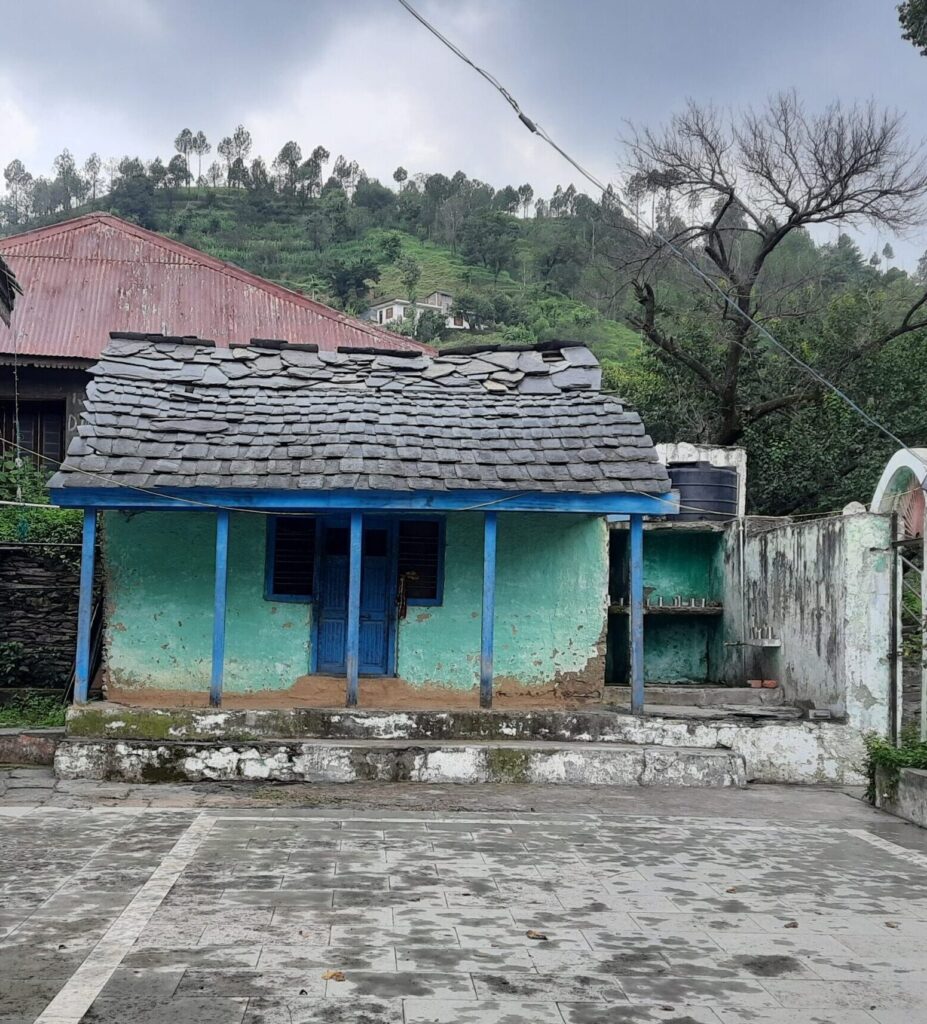
Caretaker house in temple complex
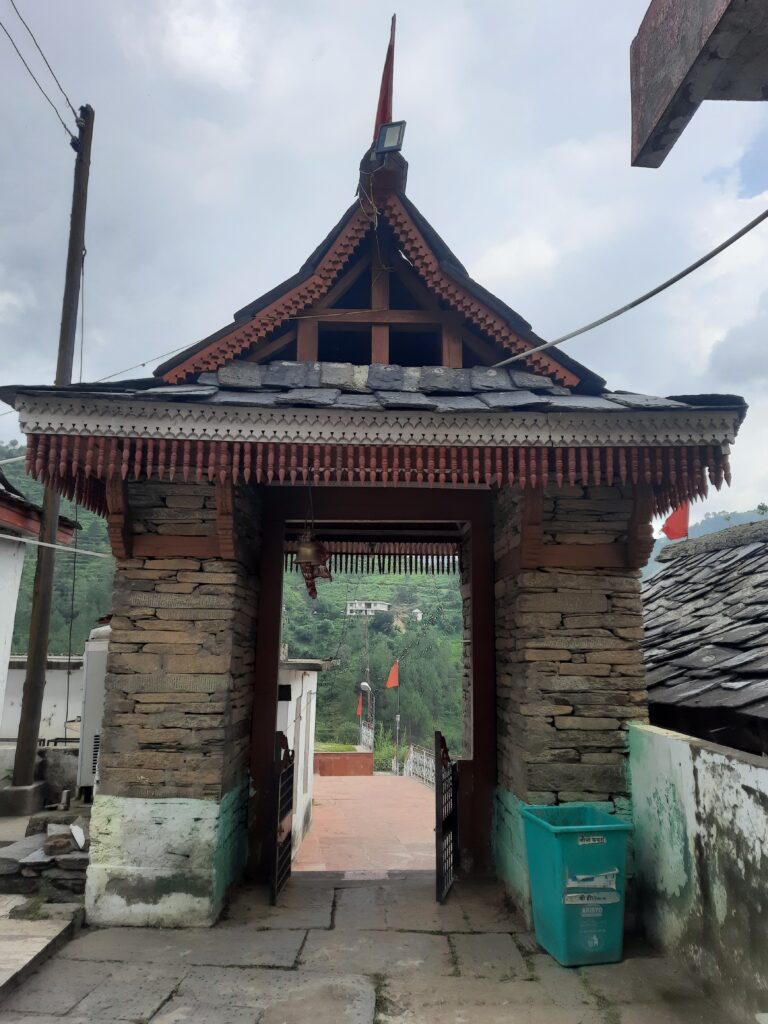
Entrance gate to the Pangna fort complex
Entrance to the palace is from two sides, one of them is simple and other one is an elaborated gate made in traditional style. There is also one Bawadi (step well water body) at the back side of the fort which is still having water in it.
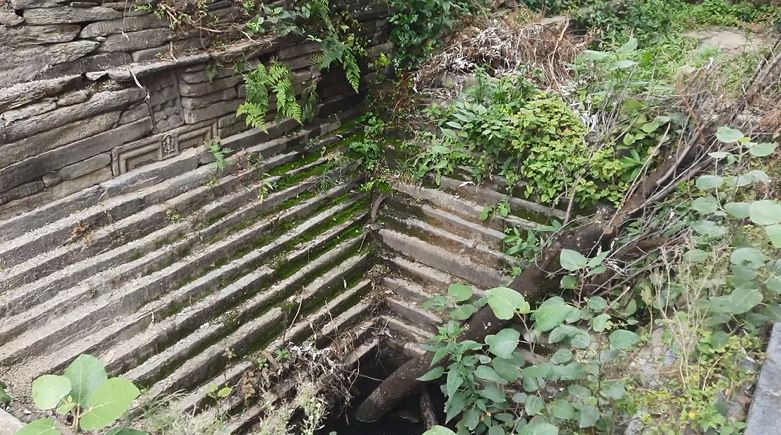
Bawadi (step well water body) at the back side of the fort
Architecture design of the fort:
The seven storied structure is approximately 60 feet tall. Pangna fort is made in traditional style of architecture is known as Kath-Kunni. This building is one of the finest examples of such type of architecture. Building such gigantic structure at that time is also an architectural marvel.The plan of the fort is square in shape. The Kath-Kunni buildings generally do have either square or rectangular forms. The lower five floors of the building is simple tower like structure and then the top two floors have balconies with extended verandah (gallery) and beautiful railings with geometrical patterns.
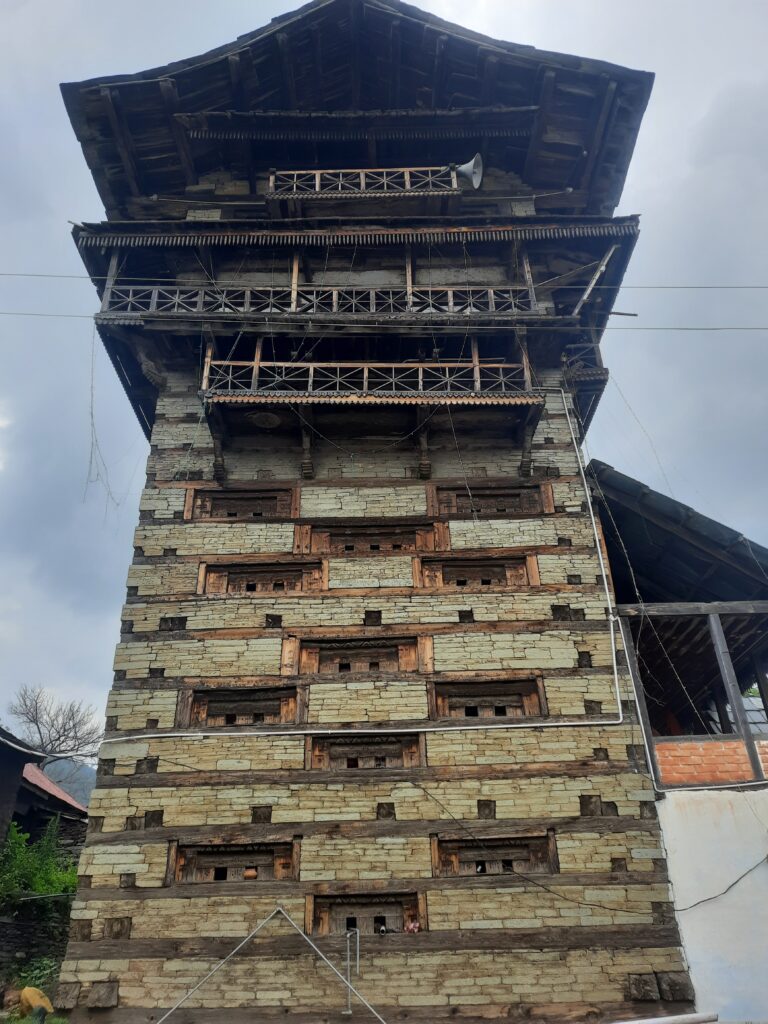
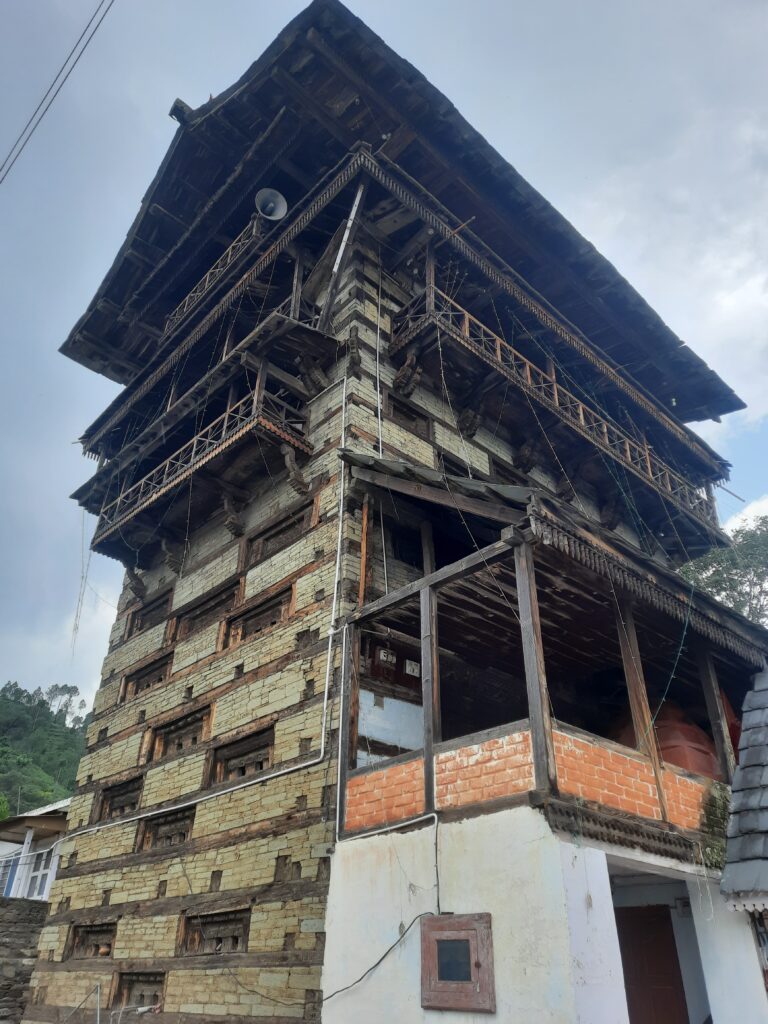
Construction of the fort:
As mentioned above the fort is made in traditional Kath-Kunni construction. “Kath” means wood and “Kunni” means angle or corner in Sanskrit. This type of construction is made in layers with interlocking of stone and wood. Roof of these types of buildings are made with slates stone. The interesting part of Kath-Kunni construction is that the members are lap jointed secured by wooden nails.

Materials used:
The materials used for the construction of Pangna fort is stone and timber. The later added building such as caretaker house is made in mud and timber but the hall is made with conventional materials such as bricks and cement.
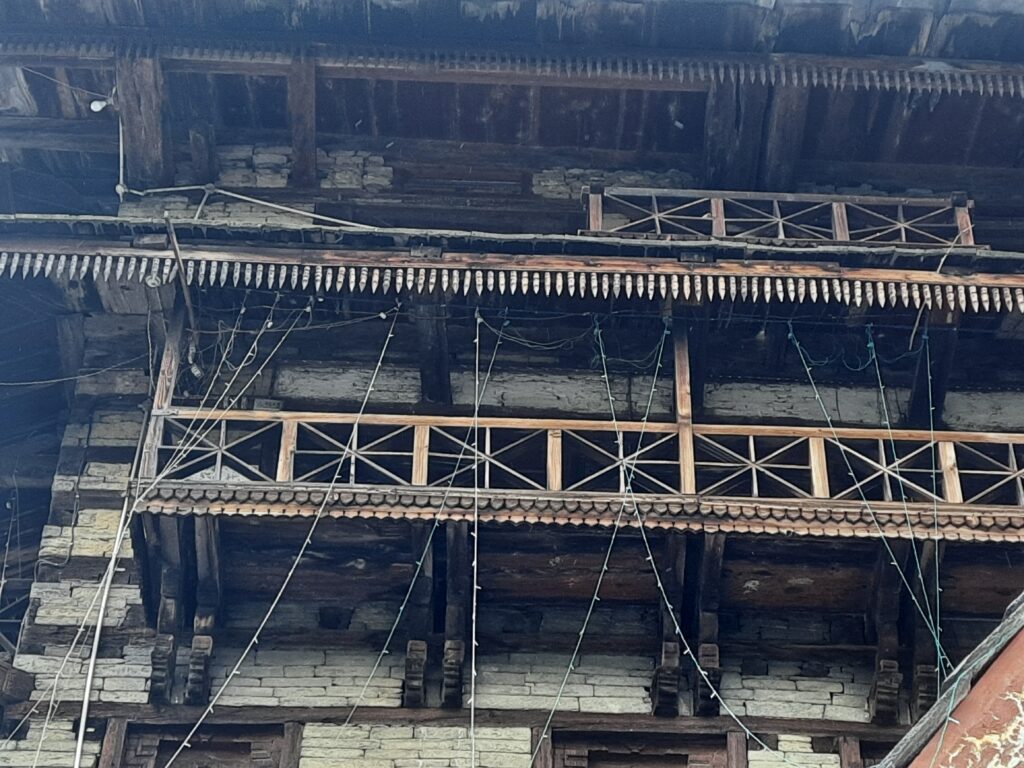
Exterior features:
There are small windows placed on the outer façade of the fort. The openings of these windows are also just too small and I wonder how the fort was lit even during the day time. Small detailing of carvings and patterns can be seen on the wooden frames of the windows. Wooden wind chimes have been made on the wooden slabs and roof of the palace.
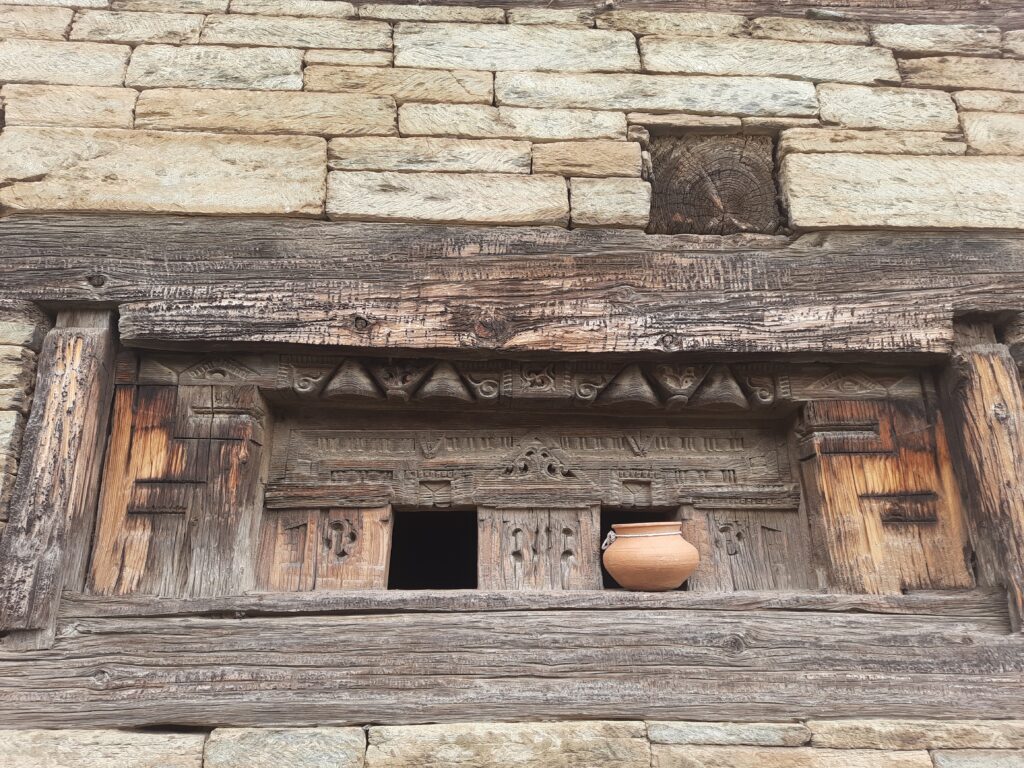
There are stairs going up for entering the palace but sadly it was closed. There were small sized wooden door with carvings and patterns on it.
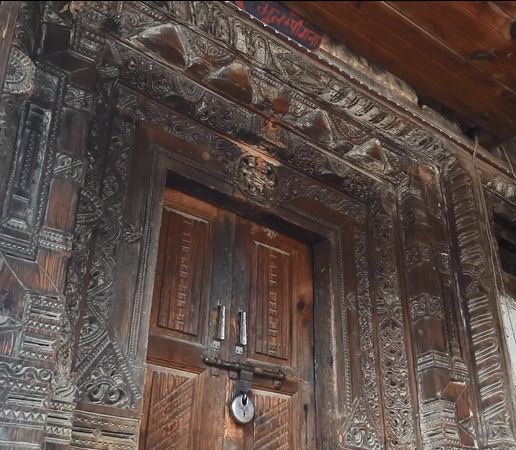
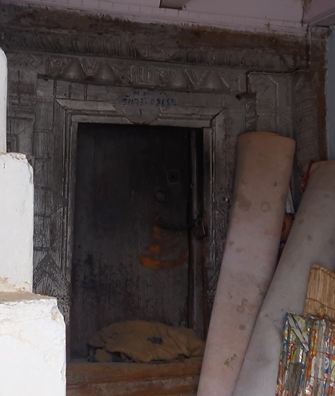
Conclusion:
Pangna fort is no doubt one of the great examples of hill architecture and following are few important points which prove that why it is one of the best architecture styles:
- Pangna fort is made with locally available materials like stone and timber and local artisans.
- Kath-Kunni buildings are earthquake resistant as horizontal timber beams absorbs shocks.
- These types of buildings are also sustainable, Pangna fort is surviving through thick and thin since decades.
- Due to use of vernacular material such building also does not harm the environment and they are environmental friendly in nature.
- Aesthetics of Kath-Kunni architecture are also so nice that is gets easily blend with the landscape of the mountains.
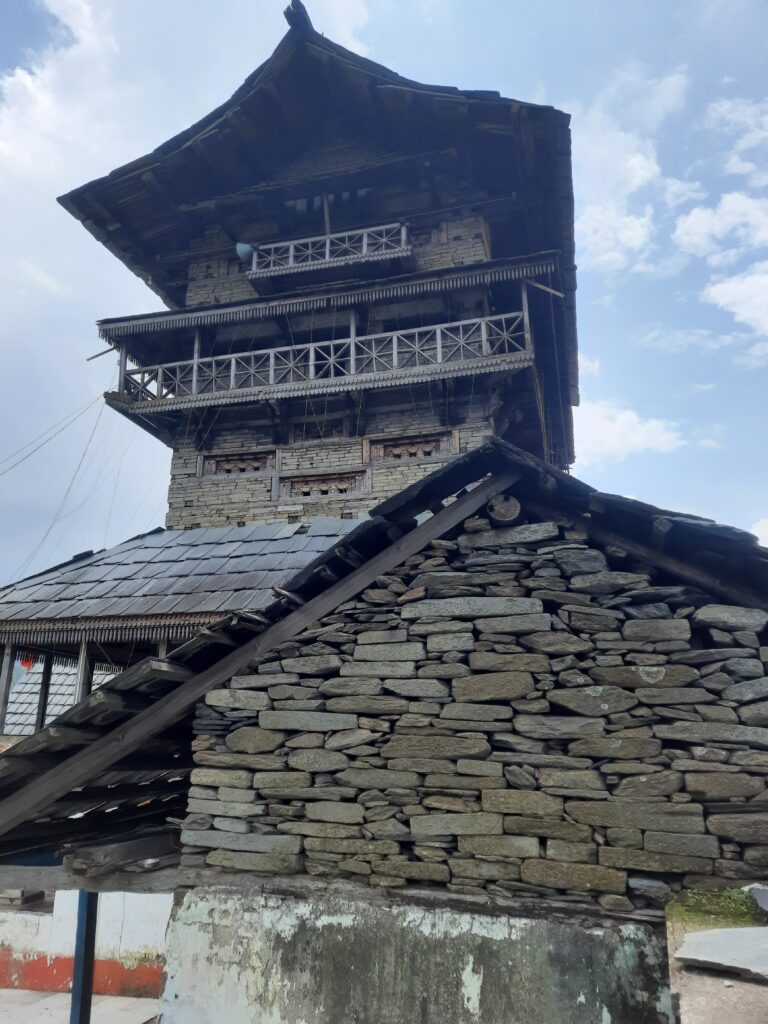
Not much people know about this amazing building and that’s why I need the world to know more about the hidden treasures of the Himalaya. I hope you liked this blog PANGNA FORT- The Hidden Gem of Suket then please let me know through your comments. Please share it with other people who are passionate about architecture and design. Contact us in case of any queries and also read my previous blogs related to architecture and travel. Thank you.
